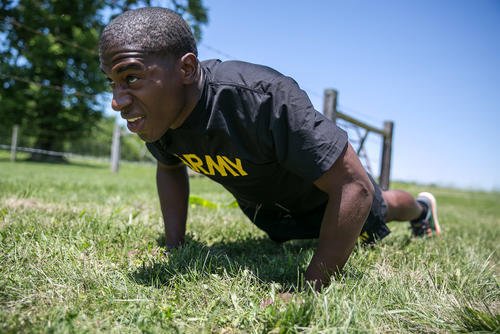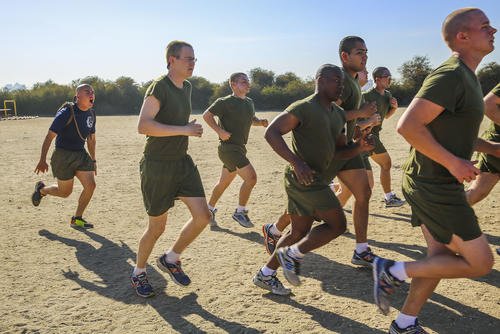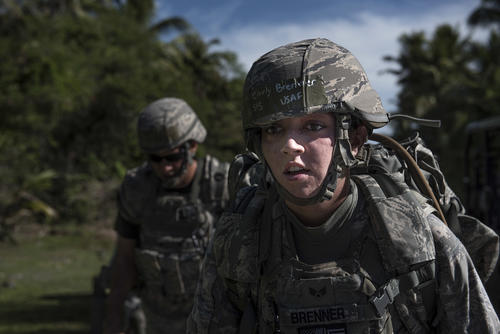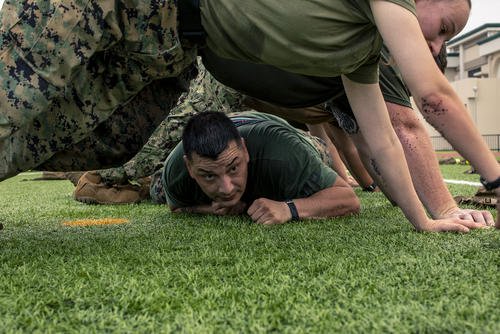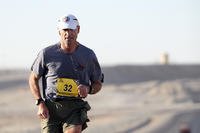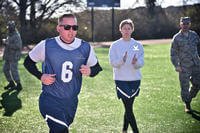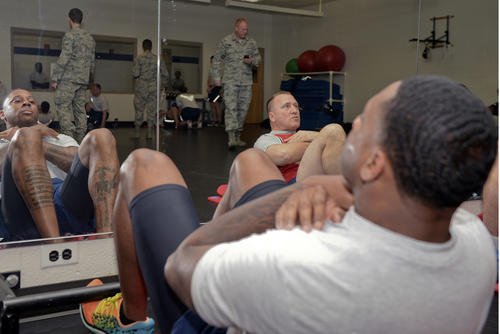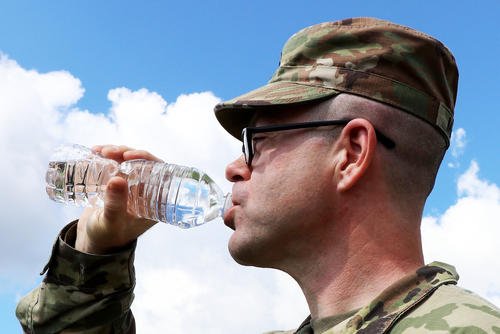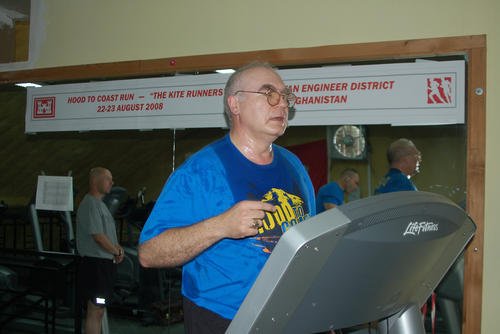Optimal performance requires the mastery of recovery. While it is understandable for combat units to have the highest fitness standards, getting to that common goal requires significant investment in the following:
- Smart training and coach
- Nutritional education
- Better access to healthy foods
- Better sleeping and living conditions for troops
- Stress mitigation training
The modern battlefield demands advanced technology and weaponry, along with strong, resilient and mission-ready service members. The Department of Defense’s renewed focus on maximizing physical fitness standards – particularly having combat units reach the “highest male standard” – requires significant investment in time and resources.
Read Next: How Special Operations Candidates Should Approach Workouts to Become Stronger
Achieving those maximum fitness scores is not about endless training hours. After all, a military member’s daily routine is not filled with free time, and not all base gyms are available 24/7. Instead, it requires smart, evidence-based training, improved nutrition in military chow halls, and a deeper commitment to sleep, recovery and stress management.
Instead of excessive, unstructured group PT – which can risk overuse injuries – service members need education and structured support to train effectively, fuel their bodies properly and build lasting resilience.
Investing in Smart Training and Education
Many military personnel lack formal experience in athletic training or performance nutrition. While physical fitness is a cornerstone of military life, the methods for optimizing performance – such as periodized training, recovery protocols and mobility work – aren’t universally understood or experienced. Integrating exercise science and human performance coaching into every unit’s routine can bridge that gap.
Commanders and trainers should emphasize:
- Targeted strength, endurance, and mobility programs
- Proper warm-up and recovery strategies to reduce musculoskeletal injuries
- Individualized training plans adjusted for age, specialty and health status
Nutritional Upgrades
Nutrition remains one of the most overlooked tools for readiness.
Military dining facilities must evolve to provide nutrient-dense, performance-oriented options that sustain energy, promote recovery and reduce chronic inflammation. Teaching service members how to build balanced meals and understand caloric needs for their mission profiles will improve fitness scores and long-term health outcomes.
While young, you may be able to outwork your diet; eventually, you will not. And if you make the military a career, you will be older longer than you are younger. This makes becoming a master of your recovery even more important, as it is also required for longevity.
Prioritizing Sleep and Stress Resilience
Sleep deprivation and unmanaged stress degrade mental focus, body composition, decision-making and physical performance. Housing for our troops also should be upgraded so they have a better place to sleep and live.
Establishing good sleep policies, promoting mental health programs and integrating tactical breathing techniques can significantly enhance well-being and combat readiness. Leaders should model healthy recovery behaviors and support operational tempos that allow adequate rest if the goal is to increase the physical performance standards.
The Holistic Approach
The Army implemented the Army Holistic Health and Fitness (H2F) program in 2020. Recent research identifies musculoskeletal injuries and poor health as the top threats to military readiness, outpacing the risks posed by enemy forces or outdated equipment and technology.
The solution is found in a holistic approach that unites training, health care, leadership and culture. The five pillars of this approach that the Army uses focus on the physical, mental, spiritual, nutritional and sleep. This long-term process is required to create optimal performance and longevity.
Under this approach, human performance and tactical fitness are viewed as a shared responsibility throughout the chain of command. This holistic model prioritizes prevention over treatment, integrating physical, psychological and community health into a unified framework for human performance.
True readiness is a force that eats well, sleeps soundly and trains intelligently. By doing so, they can adapt, endure and excel under pressure, meeting higher standards. Required for optimal performance and longevity, recovery is just as important as the training itself. Nutrition, hydration and sleep should be prioritized during and after training cycles.
If the goal is to create a fitter fighting force, nothing comes close to educating military members on how to train, eat, hydrate and improve sleep.
Want to Learn More About Military Life?
Whether you're thinking of joining the military, looking for fitness and basic training tips, or keeping up with military life and benefits, Military.com has you covered. Subscribe to Military.com to have military news, updates and resources delivered directly to your inbox.






